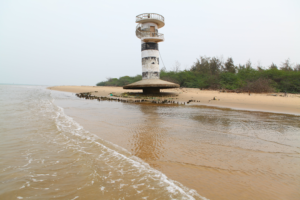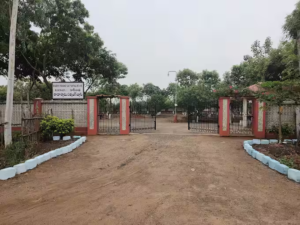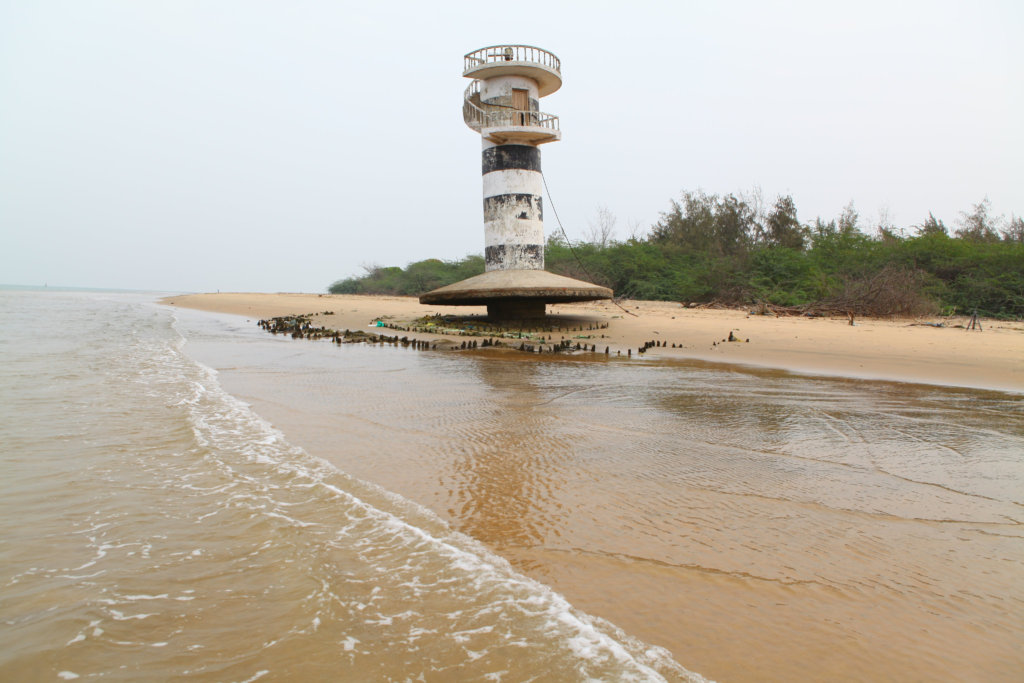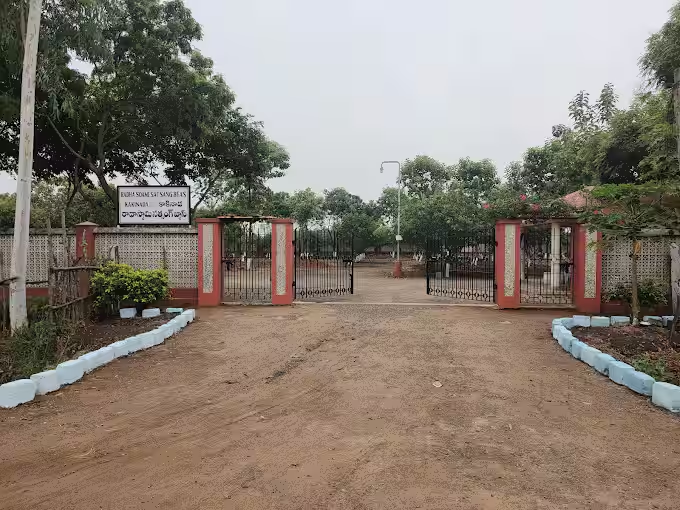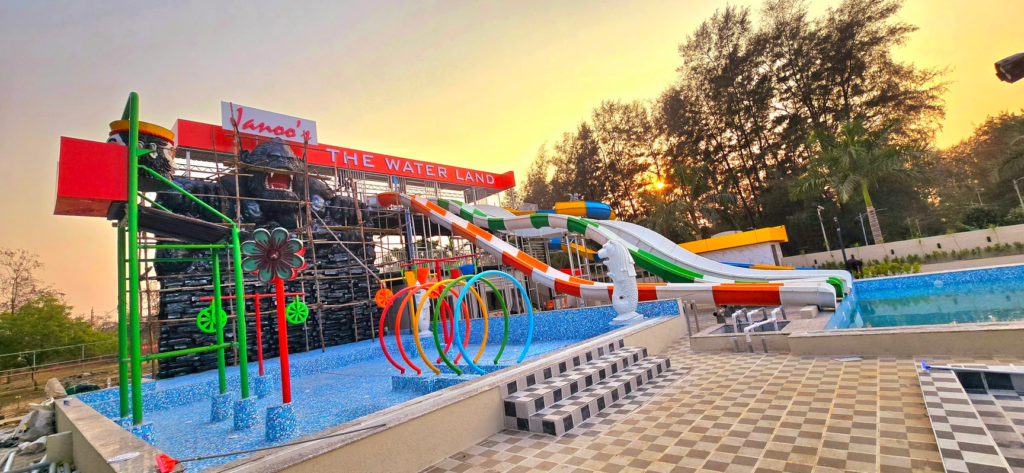Meta Description:
Discover the forgotten grandeur of Gurramkonda Fort in Rayalaseema, Andhra Pradesh. Explore its history, architecture, and the scenic beauty that surrounds this hidden gem.
Table of Contents
- Introduction
- The Forgotten Legacy of Gurramkonda
- A Blend of Architectural Influences
- Journey to Gurramkonda Fort
- Exploring the Fort: What to Expect
- Stories Etched in Stone
- Nearby Attractions
- Best Time to Visit
- Tips for Travellers
- Conclusion
Introduction
Rayalaseema, a region often overshadowed by the more popular destinations in Andhra Pradesh, hides many treasures within its rugged landscape. Among these is Gurramkonda Fort, a historical marvel that whispers stories from centuries past. Located in Annamayya district, this ancient fort stands atop a hill, offering panoramic views and a journey back in time. While it may not be widely known, Gurramkonda Fort is an unmissable site for history enthusiasts, architecture lovers, and curious travelers alike.
The Forgotten Legacy of Gurramkonda
Gurramkonda, which means “Horse Hill” in Telugu, derives its name from the legend that horses were once used to climb the steep hill to the fort. Built originally during the Vijayanagara Empire, the fort later came under the control of the Golconda Nawabs and the Mysore rulers, including the legendary Tipu Sultan. Its strategic location made it a significant military outpost, guarding trade routes and serving as a stronghold for successive empires.
Despite its historical significance, Gurramkonda remains relatively unknown, tucked away from the mainstream tourism circuit. Its isolation has preserved its raw and rustic charm, giving visitors an authentic experience unmarred by commercialization.

https://images.app.goo.gl/CdDqeaogTxbhcZMV7
A Blend of Architectural Influences
The architecture of Gurramkonda Fort is a striking blend of Vijayanagara, Islamic, and Indo-Saracenic styles. The remnants of arches, bastions, and staircases reflect the cultural layers of its various rulers. The Rangin Mahal, a palace within the fort complex, showcases delicate arches and stucco work that hint at the sophistication of its era. The fort walls, built with massive stones, are an engineering marvel considering the steep terrain they rise from.
Unlike many forts that have undergone restoration, Gurramkonda wears its age with dignity. Moss-covered stones, weathered walls, and overgrown trails evoke an eerie sense of timelessness.
Journey to Gurramkonda Fort
Reaching Gurramkonda is relatively easy if you’re traveling from Tirupati (about 70 km away) or Kadapa. The roads are well-connected, and the final approach to the fort involves a scenic drive through villages and agricultural fields. The climb to the fort requires a bit of trekking, but it’s manageable for most travelers. The sense of anticipation builds as the fort slowly reveals itself around each bend in the path.
Exploring the Fort: What to Expect
Once you reach the fort entrance, a rugged pathway leads you through broken gateways and into the heart of the fort. You’ll find:
- Crumbling watchtowers that once kept a vigilant eye over invaders
- Hidden water tanks and step wells that ensured survival during sieges
- Remains of mosques and palace structures
- Spectacular views of the Rayalaseema countryside
Sunrise and sunset from the fort offer breathtaking sights. The golden hues reflecting off the old stone structures give the fort an almost mystical aura.
Stories Etched in Stone
Every part of Gurramkonda Fort seems to whisper a story. Local folklore speaks of secret tunnels, hidden treasures, and ghostly presences. Some say Tipu Sultan once used the fort to stage his campaigns, while others believe it was a sanctuary for local rulers resisting British advances. Though hard evidence of these tales may be scarce, they add an intriguing layer to the site’s aura.
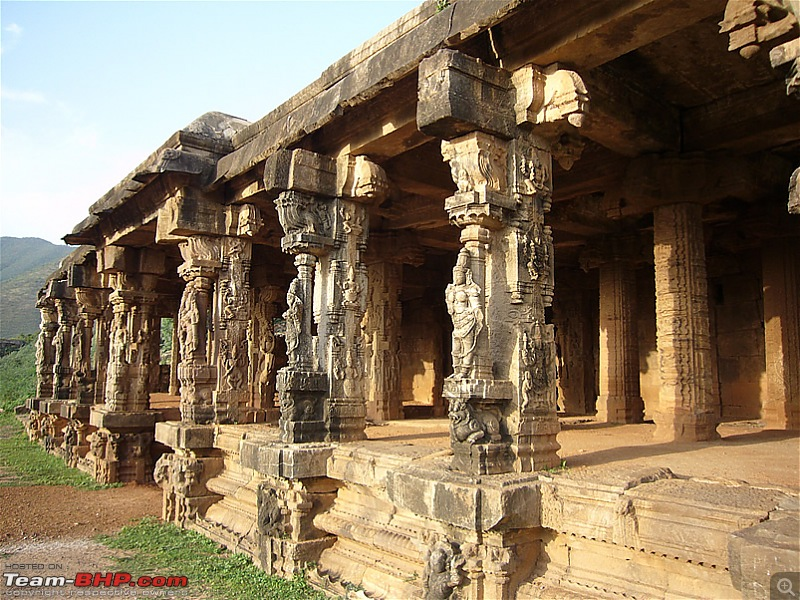
https://images.app.goo.gl/PcUfc94CfvH73PDJA
Nearby Attractions
After exploring the fort, you can visit other nearby spots such as:
- Ranganatha Swamy Temple, known for its intricate carvings
- Talakona Waterfalls, the tallest in Andhra Pradesh
- Horsley Hills, a popular hill station nearby
These places make for a well-rounded itinerary blending history, spirituality, and nature.
Best Time to Visit
The ideal time to visit Gurramkonda is from October to February when the weather is pleasant and suitable for trekking. Summers can be harsh, and monsoons, while beautiful, can make the path slippery.
Tips for Travellers
- Wear sturdy shoes, as the climb involves uneven rocky surfaces
- Carry water and snacks—facilities near the fort are minimal
- Visit during daylight hours for safety and better visibility
- A local guide can enrich your visit with stories and hidden corners of the fort
Conclusion
Gurramkonda Fort is more than just a forgotten monument—it’s a portal to a bygone era, perched silently above the modern-day bustle of Rayalaseema. For those who seek more than Instagrammable destinations, this fort offers a raw, unfiltered look into India’s layered history. As you stand atop the hill, wind in your face and ruins at your feet, you’ll feel the weight of centuries settle gently on your shoulders. Gurramkonda may not be in glossy brochures, but it’s a journey worth every step—for those willing to listen to the echoes of the past.


